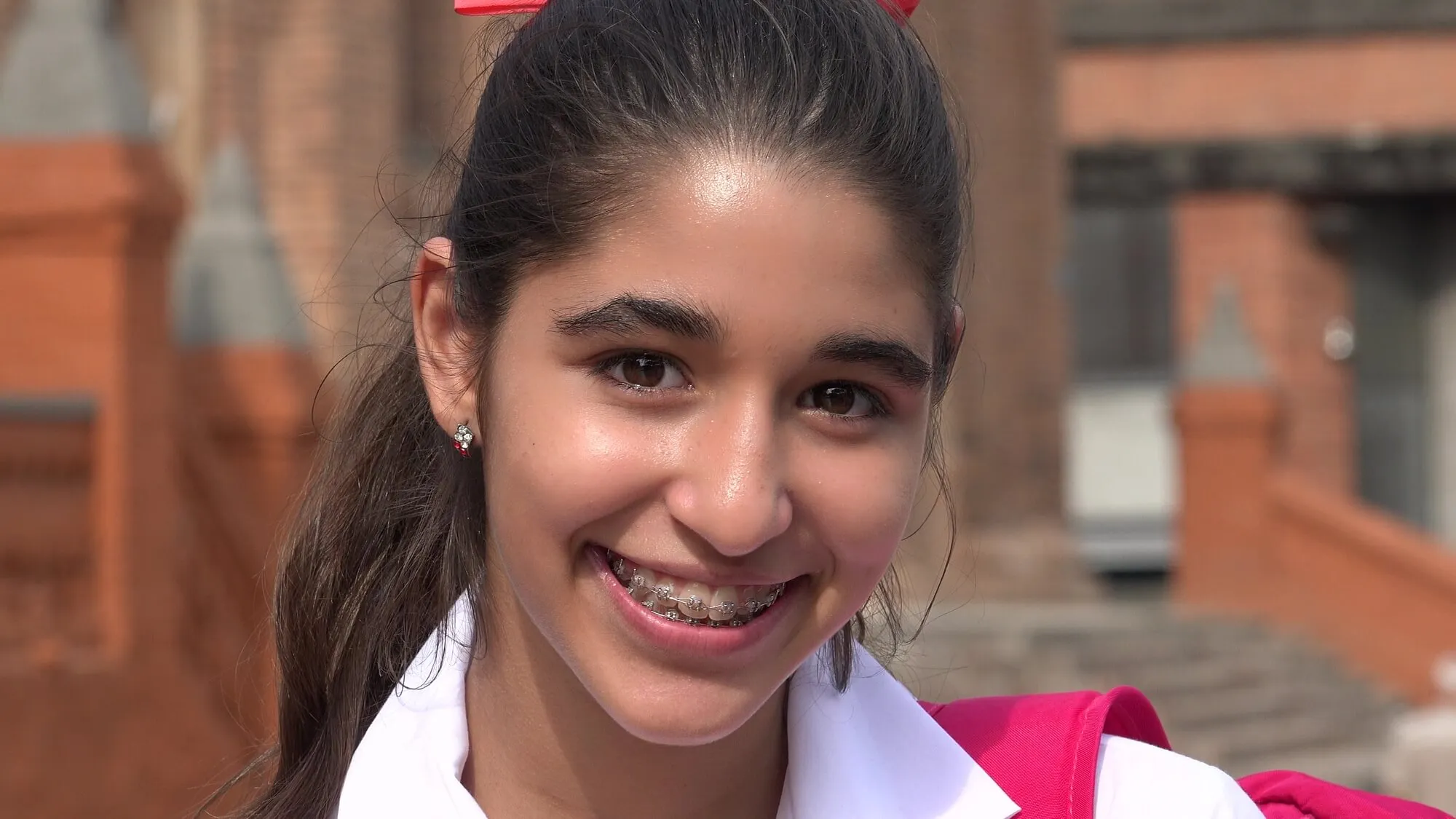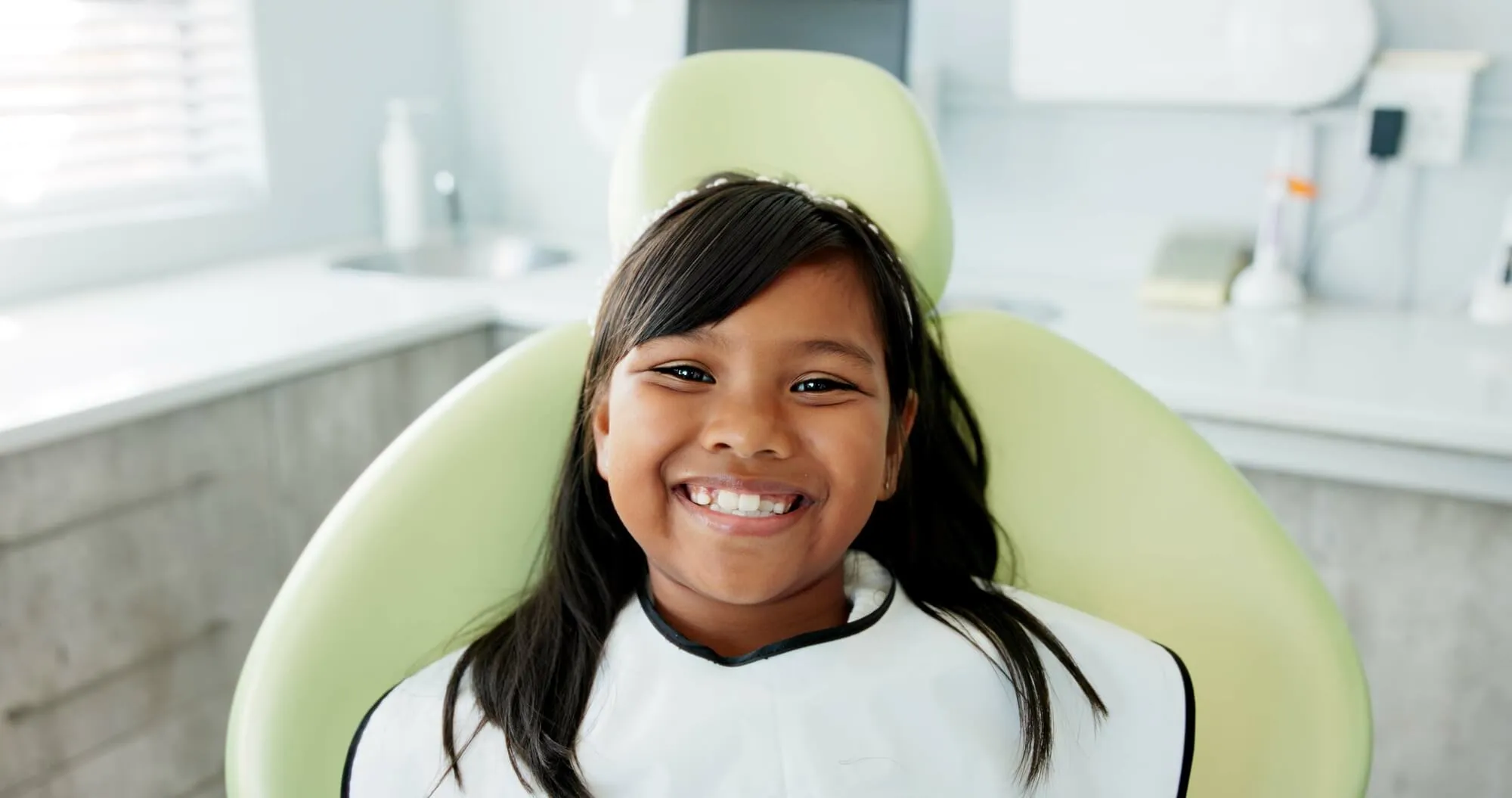
Choosing the right orthodontic treatment for your child is a big decision, and many parents wonder how orthodontists determine the best option. Every child’s smile, bite, and dental development are unique, so there’s no one-size-fits-all solution. Orthodontists consider various factors before recommending braces for kids in Birmingham, from the child’s age and growth stage to their specific bite needs and lifestyle.
Understanding this process can help you feel confident about your child’s path to a healthy, confident smile.

What Orthodontists Look For When Recommending Braces
Orthodontists assess much more than whether teeth look straight. They study jaw alignment, growth patterns, and oral health history to decide what type of braces will guide teeth into their best position.
Evaluating Dental Development
Before any treatment begins, orthodontists closely examine how your child’s teeth and jaws are developing.
- X-rays and digital scans provide a complete view of tooth roots, jaw positioning, and any adult teeth that have yet to emerge. These images help detect potential issues that may not be visible during a standard exam.
- Growth stage plays a major role. For younger children, braces may be timed to take advantage of natural jaw growth, which can make treatment more efficient.
- Spacing and crowding are measured carefully. A child with severe crowding may need braces and other appliances to create the room necessary for proper alignment.
- Tooth eruption patterns are reviewed to predict when and where permanent teeth will appear, which can influence whether treatment starts now or later.
Understanding the Bite
A correct bite is essential for chewing, speaking, and protecting teeth from uneven wear.
- Orthodontists check for overbites, underbites, crossbites, and open bites, each of which may require a different treatment plan.
- The type and severity of a bite problem can help determine whether metal braces, clear braces, or other appliances will be most effective.
- Addressing bite concerns early can sometimes prevent the need for more complex corrections during the teen years.
Considering Lifestyle and Personality
Your child’s daily life plays an important role in treatment planning.
- Children active in sports may be advised to use braces that work well with protective mouthguards to reduce injury risks.
- Personality can matter, too. Some kids feel more confident with less noticeable options like clear braces. Others might enjoy personalizing their metal braces with different colored bands at each visit.
- Eating habits are discussed because certain types of braces may require avoiding sticky, chewy, or hard foods. For example, a child who enjoys crunchy snacks may need guidance on safe alternatives.
- Oral hygiene habits are also evaluated. Kids who already have strong brushing and flossing routines may do well with clear braces, which require extra care to stay clean.
Types of Braces Orthodontists May Recommend
The braces chosen will depend on your child’s needs, preferences, and the complexity of their case.
Metal Braces
- Strong, reliable, and suitable for a wide range of orthodontic needs.
- Made from high-grade stainless steel for durability.
- Can be personalized with colorful elastic bands, which many children enjoy switching up during appointments.
- Often a cost-effective choice and ideal for complex bite corrections.
Clear Braces
- Made from ceramic materials that blend with the natural tooth color for a more discreet appearance.
- Popular among older children and teens who want their treatment to be less noticeable.
- Require consistent oral care to prevent staining of the brackets.
- Best for children who are motivated to keep their teeth and braces clean.
Clear Aligners (in select cases)
- Custom-fitted plastic trays that move teeth gradually.
- Can be removed for meals, brushing, and special occasions.
- Suitable for mild to moderate orthodontic needs and for older children or teens who can commit to wearing them as directed.
- Not always recommended for younger children since success depends on wearing them the required number of hours each day.

Why the Age of Your Child Matters
Timing can influence treatment length and success.
Phase I Treatment (Ages 7–10)
This phase focuses on guiding jaw growth, creating space for adult teeth, and correcting early bite issues. Braces in this phase may be combined with expanders or other appliances to prepare the mouth for future alignment.
Phase II Treatment (Ages 11–14)
Usually begins after most or all permanent teeth have erupted. Orthodontists can then fine-tune the alignment of teeth and the bite, often with more treatment options available.
The Role of Parent and Child Preferences
While orthodontists make recommendations based on clinical expertise, family input still matters. Some parents want a quicker treatment timeline, while others prioritize a discreet look. Children may also have opinions — from choosing band colors to selecting between different brace types. Discussing these preferences helps create a plan that everyone is comfortable with.
Ensuring Comfort and Success During Treatment
The right braces are just the start; ongoing support ensures the best results.
Oral Hygiene Support
Orthodontists provide detailed guidance on brushing and flossing around braces. Demonstrations, visual aids, and recommendations for tools like interdental brushes or water flossers can make daily care easier and more effective.
Managing Discomfort
Mild soreness can occur after braces are applied or adjusted. Eating softer foods, using orthodontic wax, and following any comfort tips given during appointments can help ease the transition.
Regular Check-ins
Appointments every few weeks allow for adjustments and progress checks. These visits are also an opportunity to reinforce oral hygiene habits, address any concerns, and keep the child motivated.
Encouragement and Engagement
Orthodontic teams often make treatment fun for kids by celebrating milestones, acknowledging progress, and keeping visits positive. A supportive environment can make the process feel less like a chore and more like an exciting step toward a great smile.
Bringing It All Together
Choosing the right braces for kids involves evaluating dental development, bite needs, lifestyle factors, and personal preferences. By combining expert assessment with family input, orthodontists create a plan that works both clinically and personally.
With the right approach, treatment can be effective, comfortable, and even enjoyable for your child.

Let’s Create Your Child’s Best Smile with Braces for Kids in Birmingham
Every smile tells a story, and at Dyer Orthodontics, we want your child’s story to be one they love to share. Whether your child needs early orthodontic guidance or is ready for full braces, our team will design a treatment plan that fits their needs, lifestyle, and personality.
We make every visit positive with a caring approach, advanced orthodontic techniques, and a welcoming environment. Schedule a free consultation with us today, and let’s start building a confident, healthy smile your child will be proud to show.
